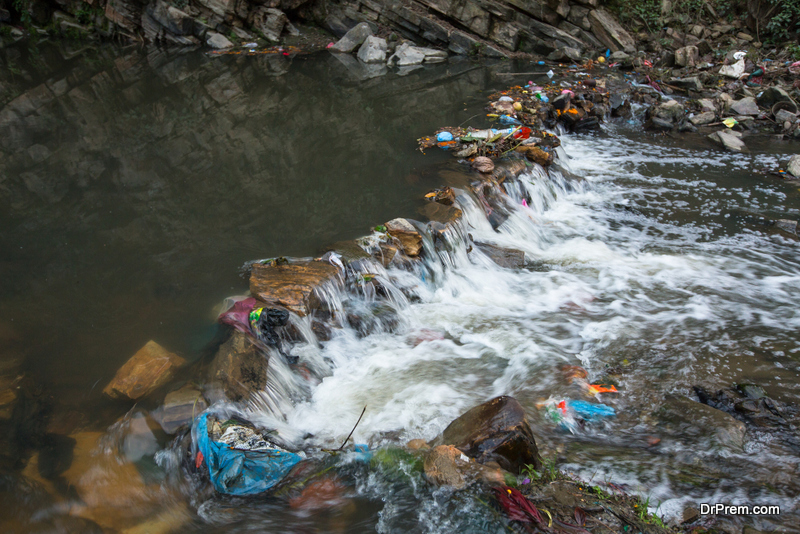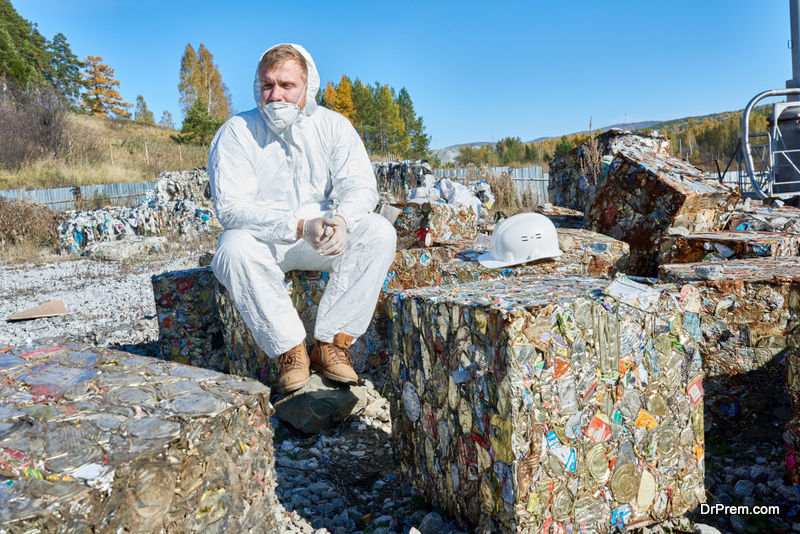It’s astonishing that certain the quantity of trash produced globally per year, more than 50% of the people on this world don’t get a proper access to typical waste collection. Although currently estimated at 1.3 billion tons a year, World Bank estimates the amount of waste produced to soar to around 4 billion tons per year by 2100. The more developed, urbanized and industrialized a nation becomes, the more junk it produces. The United States, Brazil, Japan,China, and Germany are currently the foremost waste generators. Population growth, urbanization, and rising spending may see more African and Asian cities double the amount of trash generated as well. With services like skip bag or the man and van still not well established in such cities, handling of the generated waste might pose serious health and environmental crises.
There seems to be no end to the trend of poor urban waste management that is unable to keep pace with urban expansion and rapid industrialization. Another daunting aspect of this is that most of the nations that are not developed yet spend more on the collection of the waste than its disposal making them inefficient.
Why several citizens don’t care about the waste that they generate?
 Regarding this question, it vital to realize that most of the utilities like electricity, gas, and water which we usually charge as per the quantity consumed, it’s different for waste. Many towns and cities tend to ask for nominal fee when it comes to trash service – making people less attentive to the number of wastes they’re discarding. Even the little variations that come with skip hire services are not enough to paint a clear picture of the ever-growing menace.
Regarding this question, it vital to realize that most of the utilities like electricity, gas, and water which we usually charge as per the quantity consumed, it’s different for waste. Many towns and cities tend to ask for nominal fee when it comes to trash service – making people less attentive to the number of wastes they’re discarding. Even the little variations that come with skip hire services are not enough to paint a clear picture of the ever-growing menace.
When waste management industries take away garbage efficiently that it doesn’t trouble the homesteads or the neighborhood, it makes the occupiers rather inclined to dispose of more. Passing the crucial information to them that even the top end landfills do have considerable environment impact that can partially serve to impart a little control in the generation of unnecessary waste. This should not drive us to forget the World Bank’s report that informed that illegal waste dumping sites serve near about 4 billion people holding more than 40% of the total waste produced on this planet.
Threats of the worldwide Trash drawback
 When you take into account the surroundings, health, and safety, you’ll quickly understand however the threat of waste is big. Pollution promptly gets into the rivers and also makes it way through to the ground water. Many times, the impeding of drains by haphazard garbage has a semiconductor diode to flooding in numerous areas. The atmosphere is ceaselessly poisoned by the hepatotoxic aerosolized discharge from the trash.
When you take into account the surroundings, health, and safety, you’ll quickly understand however the threat of waste is big. Pollution promptly gets into the rivers and also makes it way through to the ground water. Many times, the impeding of drains by haphazard garbage has a semiconductor diode to flooding in numerous areas. The atmosphere is ceaselessly poisoned by the hepatotoxic aerosolized discharge from the trash.
When not properly handled, the chances of opportunistic illnesses such as cholera and fatal respiratory infections double. Those who scavenge the dumps expose themselves to hazardous elements like mercury and lead, not sidelining other infectious agents too.
The financial burden that comes when dealing with waste management cannot be readily disregarded. Cities in developing countries spend more than 20% of their budget dealing with waste handling and management. This makes it more of a challenge for cash-strapped nations.
Going through all these waste management problems, getting an incinerator doesn’t get everything fixed. The key is ensuring the minimization of wastes being produced, well-managed collection and disposal of the garbage.
Article Submitted By Community Writer




